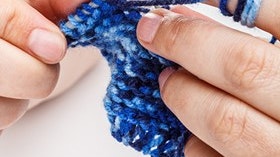Homepage
•
Learning Library
•
Blog
•
Does this count as making?
Expand breadcrumbs
Expand breadcrumbs
- Learning Library
- Blog
- Does this count as making?
- Homepage
- •
- Learning Library
- •
- Blog
- •
- Does this count as making?








